"I'm from Muaná, in Marajó. I grew up deep in the woods. I used to see boats passing by on the river, and I was always struck by the letters of the boats’ names. I thought all that decoration, the lettering, the gradients, were beautiful. That's why I've been a professional letter painter [letter opener] for nine years," says Donnyelson Leal, known as Kekel in his circles.
The ‘letter openers’ are Amazonian riverside professionals who paint the given names on the sides of the boats to identify them. However, these are no ordinary letters: they have a distinctive aesthetic that reflects the riverside identity. It's a tradition commonly passed down through generations, from father to son.
Kekel has been interested in boat lettering since childhood. Self-taught, he learned the craft by observing others. "Usually, this craft comes from a teacher or family member. But I didn't have a lettering master as an influence. But instead, I had many teachers, because inspiration came from every boat I saw," he recalls.
Since he was a boy, Kekel has been working with drawings, such as characters for birthday decorations. It was at age 12 that he first painted letters on a boat. "I would draw a letter, jump in the water, swim in the creek, and then start again. It took me over a week to complete," he recalls. Today, he makes a living from this artistic craft, in other areas besides boat painting.
STYLE
The tradition of ‘letter openers’ began exactly 100 years ago, in 1925. At the time, the Harbor Master's Office determined that all vessels should have a name to identify them. However, in the Amazon region, the artists responsible for the paintings wanted to visually distinguish the boats. "They began to attribute their own style, with specific color combinations and ways of drawing the letter, according to their creativity and negotiations with the boat's owner," says designer Sâmia Batista.

Designer Fernanda Martins, who specifically studied Amazonian decorative letters, explains that this typography has its own characteristics. "They're divided into two colors, have a 3D extrusion, and this 3D has a nuanced, gradient effect. They also have "caqueados", which are ornaments within the letters. It's a tradition that exists throughout the Amazon and Tocantins basins, passed down from father to son or from riverside dweller to riverside dweller. It's not just a practice in Pará, but in the Amazon as a whole," she states.
And this tradition is carried by the river, from one place to another. "An artist paints in one municipality, and although the man doesn't leave that place, the boat does: it goes to another municipality, influencing another letter opener. So, it's a collectively constructed knowledge, in various locations in the Amazon. In more than 70 interviews with letter openers, one of their most frequent statements was, 'A boat came from another municipality with beautiful lettering. I'm going to make a prettier one.' So, it was the competition for the most beautiful lettering which evolved over time, the decorative Amazonian lettering," he states.
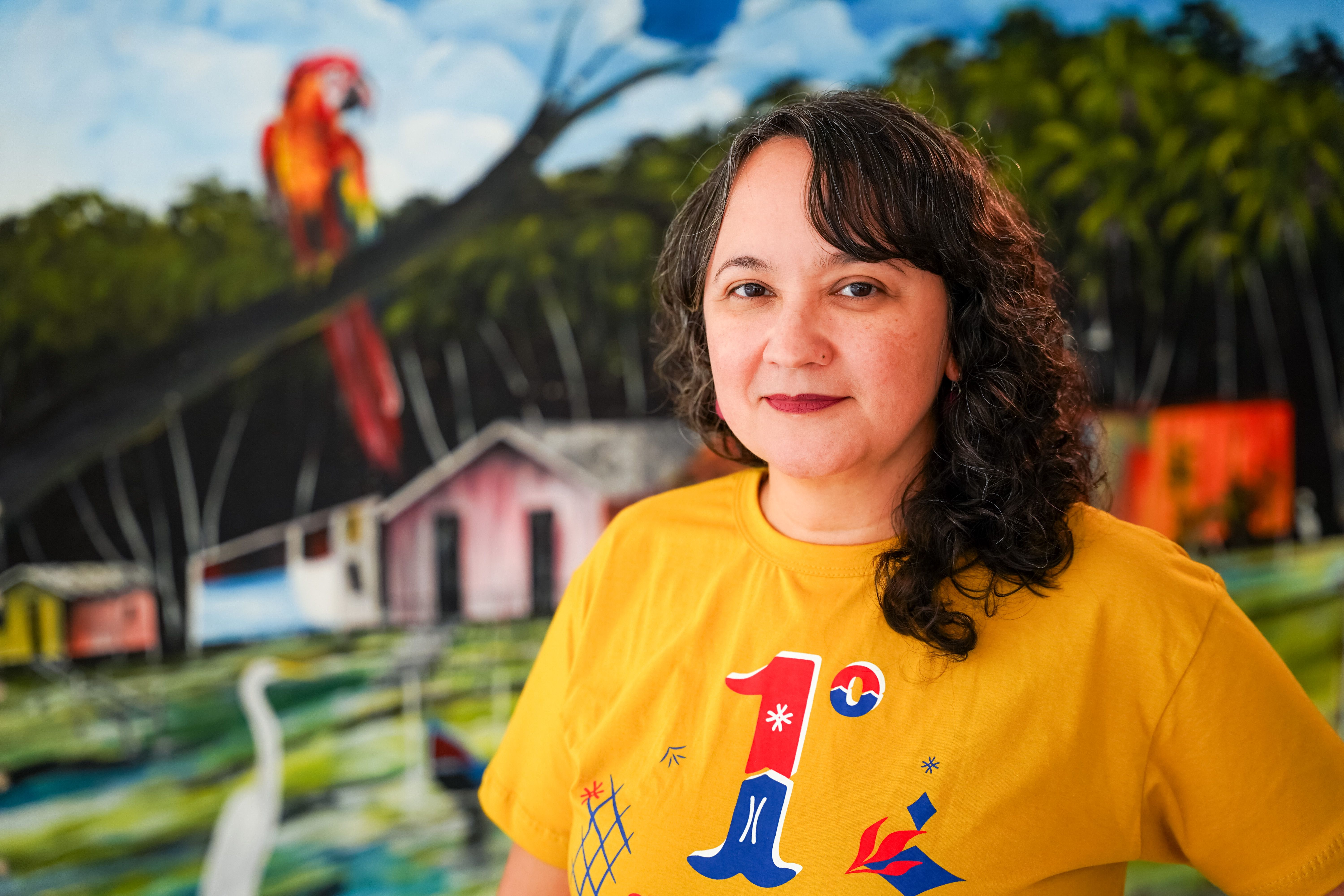
RESCUE
Fernanda Martins is a typography professor. After a graduate degree in graphic design in Switzerland, where she specifically studied typographic families, she arrived in Belém in 2004, where she discovered the decorative letters on boats. "I began researching and wrote a monograph on this subject, tracing the history and evolution of these Amazonian letters. First, I focused more on the letters themselves, and then on who holds this knowledge, understanding that it's not simple calligraphy, but Amazonian wisdom developed over time in a specific territory," she explains.
With over 20 years of research in the field, Fernanda is a leading figure in the field and co-founder of the Instituto Letras que Flutuam [Floating Letters Institute] along with Sâmia Batista. The Institute brings together letter openers from various parts of Pará and promotes the tradition.
Sâmia explains that the two, as partners in a design firm, ended up embracing the Amazonian letters and letter openers as a banner. "I proposed mapping these artists so we could find these people, learn about their realities, and move beyond the aesthetic interface of the letter itself. I wanted to know what was behind the letter," she emphasizes.
Art contemplates the universe of ‘letter openers’
According to Sâmia Batista, letter openers place their universe within their art. "The letter of a boat is a world. Within it, the riverside dweller places the landscape, expressing his language. It's not just a graphic manifestation, it's a cultural manifestation of popular artists who show their way of being in the world. The Amazonian landscape is not only one given by nature, but also one that is constructed. The letter opener is also responsible for the construction of the Amazonian landscape. A letter opener once told us that a boat without letter is a boat without a soul," she says.
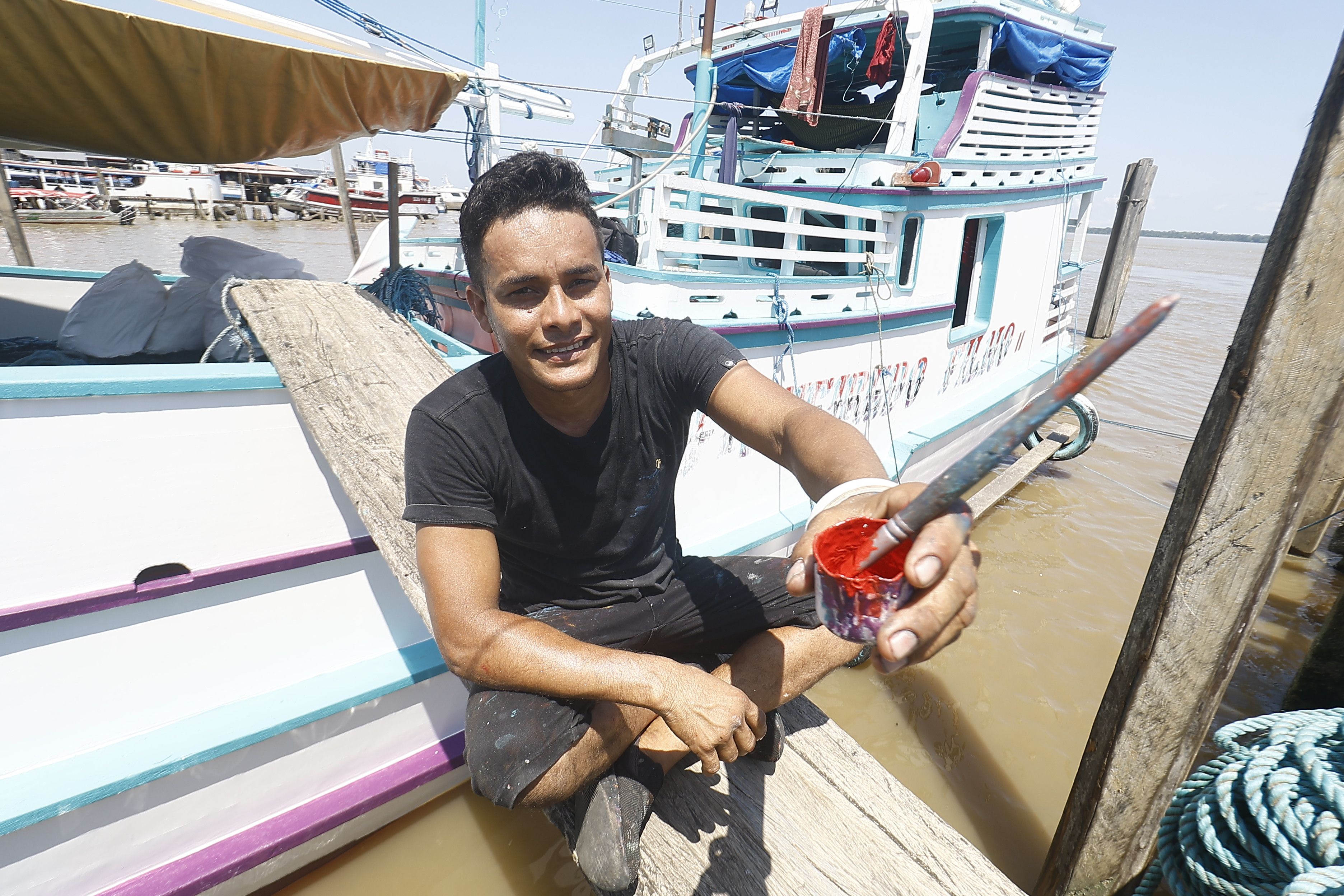
Kekel confirms the identity expressed in her letters. "I've been to other states and seen that our lyrics are very different. They have a unique characteristic: the mix of colors, always red and yellow, vibrant colors, characteristic of the Amazon," he comments.
INSTITUTE
The "Floating Letters" project, which seeks to promote the work of letter openers, has been in existence for several years, but the Institute, which has now been registered as a CNPJ [Brazilian Corporate Taxpayer Registry], was founded about a year ago.
"The Institute emerged from 20 years of research, contacts with letter openers, their own requests to work together, and the promotion of income-generating projects. We seek to disseminate and value the knowledge of these Amazonian men, who were forgotten until 2004, as little had been said about Amazonian letters. We have documentaries, lectures, workshops, and recently, we held the first meeting of Amazonian letter openers, where these men, who previously communicated only via WhatsApp, were able to meet in person for the first time," says Sâmia .
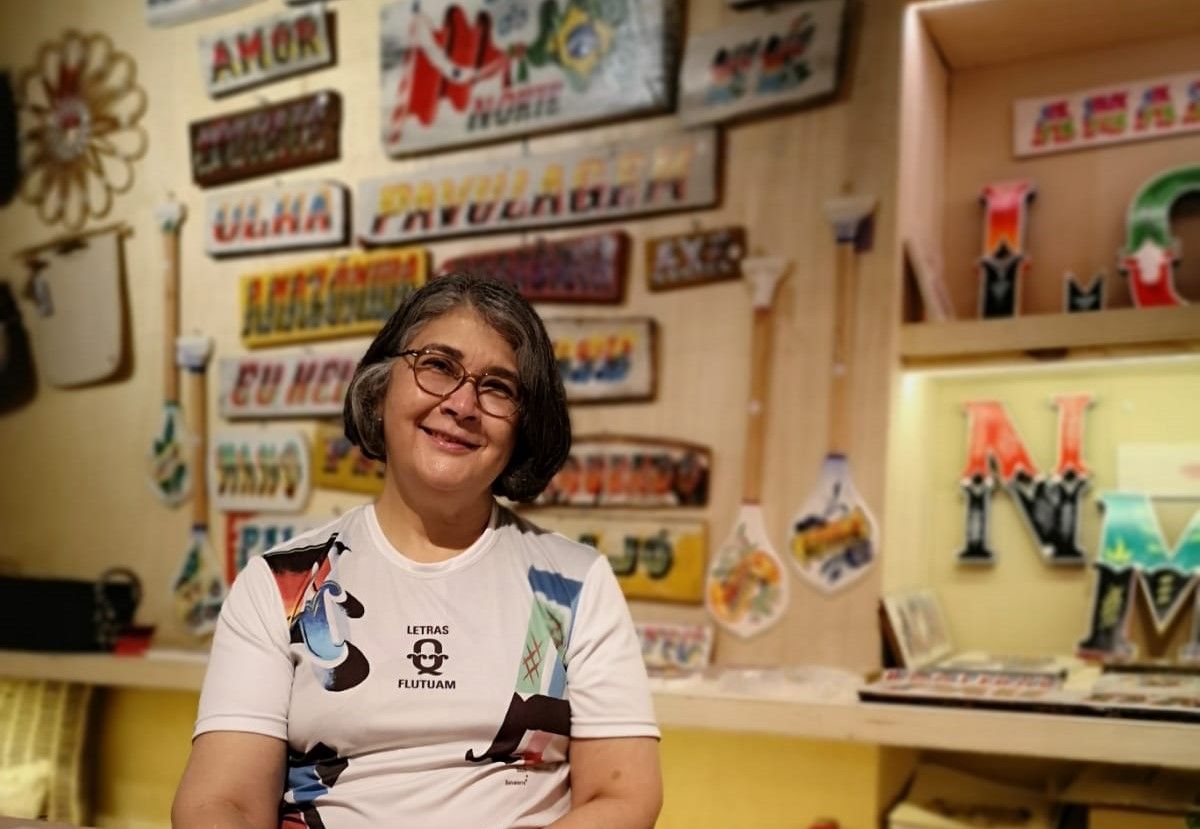
For letter opener Augusto Amorim, from Ponta de Pedras, Marajó, the Institute has been beneficial to the profession. "We were isolated doing our work. Today, we're recognized; we've been on television, held exhibitions, and even worked at the Rio de Janeiro Carnival. The boat letters are going far. beyond And a very important thing was meeting each other in person, becoming friends, letter openers from several different cities. I'd say we're a family today," he celebrates. Currently, the Institute has 27 associated letter openers and over 170 already mapped.
Style reaches diverse products
Besides appearing on boats, decorative Amazonian letters are present in other settings and products. Traditionally, they were painted on houses or storefronts, but they've also appeared in other ways. Augusto Amorim, who also makes a living from his craft, paints storefronts and truck bodies, for example. "I've even done it on cars. Now, we're making signs and also the boat letter in clay, with a nice paint job, to make necklaces," he explains.
Kekel is now setting up a studio in Icoaraci, a district in Belém, to produce new pieces. "I'm moving away from the boat scene and reaching a more diverse audience, traveling the world, because my work is being sold in other states and even other countries. I make 3D letters cut out of wood; apartment numbers in the style of boat letters; paintings with Amazonian letters. I want to open the first lettering studio here in Belém, to become a reference for the acquisition of these products," the artist explains.
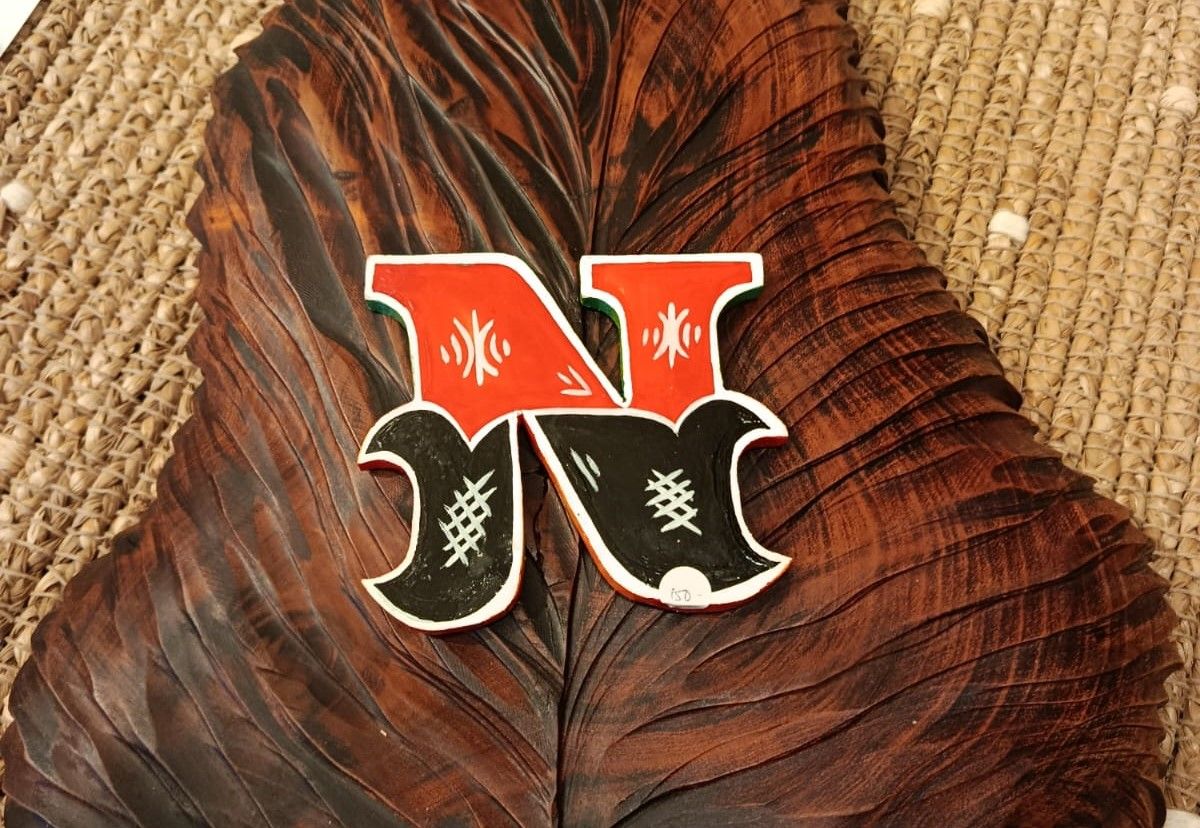
But, with greater visibility and more products with Amazonian letters in circulation, a problem also arises: the appropriation of the technique by artists or companies from other states, which have nothing to do with the reality of the letter openers or the region.
VISIBILITY
"We want these letters to migrate to other media, such as t-shirts, accessories, and art in general, but this must first benefit the author of the letter. Our goal is that products be purchased straight from the original artist, not from other designers. Not that others can't do it, but there needs to be awareness that riverside workers, already victims of economic inequality, should be the first ones to benefit. But we see that this awareness doesn't exist, that artists from outside the Amazon are selling in Rio, in São Paulo. This ‘cultural mining’ is very unfair," says Sâmia .
One of the projects of the Instituto Letras que Flutuam is precisely to bring this reflection. "If until 2004 the openers were forgotten, now they are doubly invisibilized, because designers and illustrators create these letters, borrowing the importance of this Amazonian identity contained in the boat letter, but without valuing the holders of this knowledge. So, it's cultural appropriation," Fernanda declares.
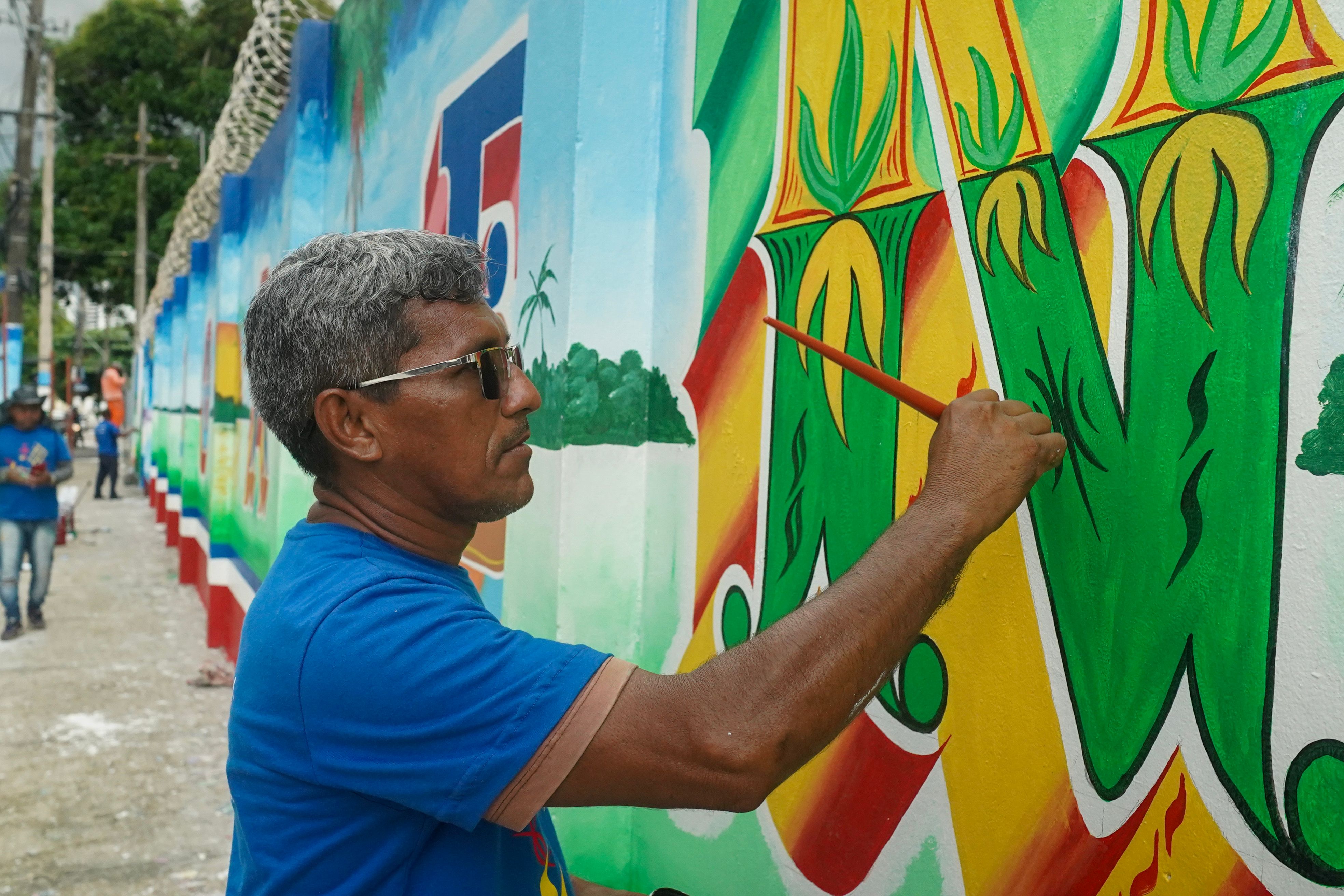
Law Project seeks to declare this art an intangible cultural heritage
A legislative bill in Pará, authored by state deputy Carlos Bordalo (PT), aims to recognize boat letters and letter openers as intangible cultural heritage of the state.
Augusto Amorim supports the idea. "The letters are a knowledge of ours, from the Amazon. And we see people who aren't from Pará copying them and taking them elsewhere for monetary gains and we end up with nothing. So, if anyone wants our letters, they should come talk to us, at least include our name, and say that they're letters from Marajó, from the Amazon. So, we need it to be recognized as Pará's heritage," he says.
Fernanda Martins believes that heritage recognition is important, but it won't bring real benefits. "We're also seeking recognition from IPHAN [National Institute of Historical and Artistic Heritage], but becoming intangible heritage won't change the current erasure of the knowledge of letter openers in the market," she laments.
From father to son, for generations
Like Kekel, Augusto Amorim learned the craft on his own. Born in Barcarena, he has lived in Ponta de Pedras for over 30 years, where he began his lettering career. "At school, I created a lot of cover arts for the assignments of students who didn't know how to do it. And I always saw boats passing by on the river, with those letters, which I thought were very beautiful. When I arrived in Ponta de Pedras, I went to work at a shipyard, intending to make boat letters. Initially, I started sanding, painting, and sealing, until one day the opportunity to open letters arose, and I volunteered. Since then, it's become my profession," he recalls.
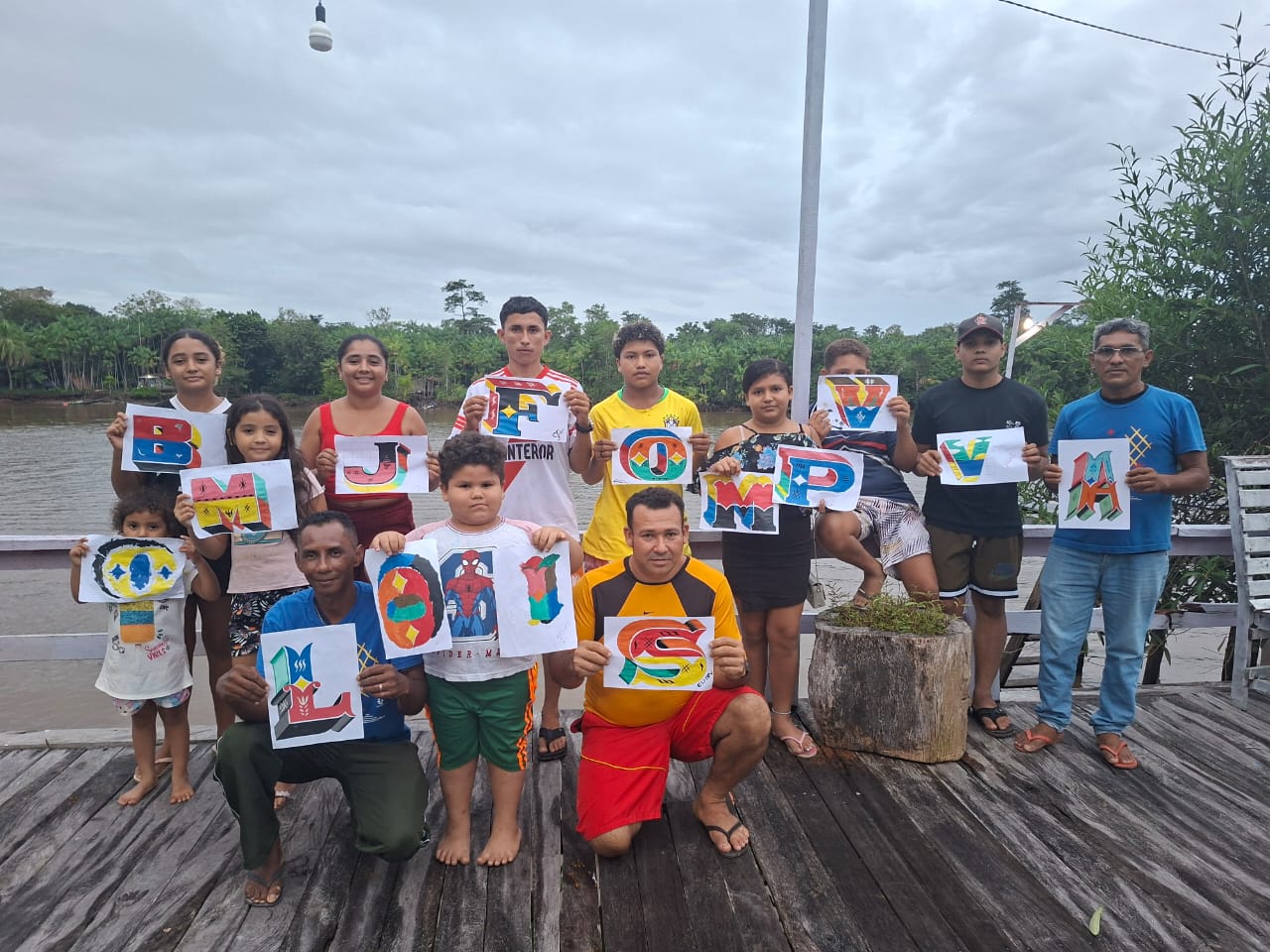
Although Amorim's knowledge didn't come from his family, he made a point of passing it on to his descendants. "My two sons work with me. My oldest one already does the work himself. And I've also passed this on to several other people, because I care about maintaining the tradition, that this knowledge doesn't die with us. I hold workshops with riverside communities, in schools, for anyone interested. I already have students working on boats, earning their own money, and that's very satisfying. I want to teach as many people as possible. The more it is taught, the better. And that's what I do," says the artist.
INSTITUTIONAL PARTNERSHIP
The production of Liberal Amazon is one of the initiatives of the Technical Cooperation Agreement between the Liberal Group and the Federal University of Pará. The articles involving research from UFPA are revised by professionals from the academy. The translation of the content is also provided by the agreement, through the research project ET-Multi: Translation Studies: multifaces and multisemiotics.